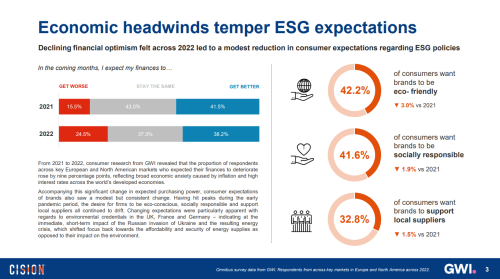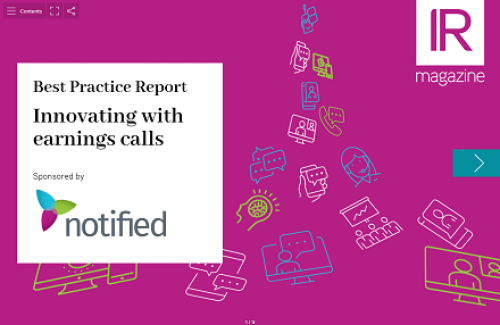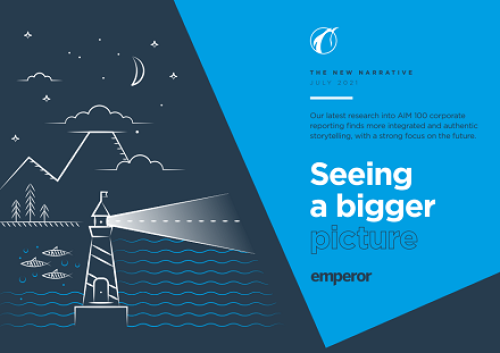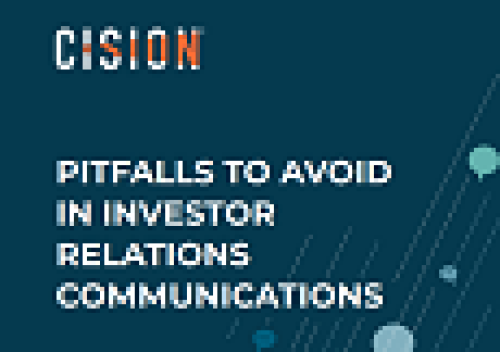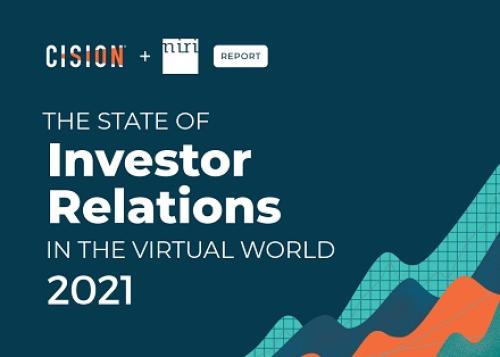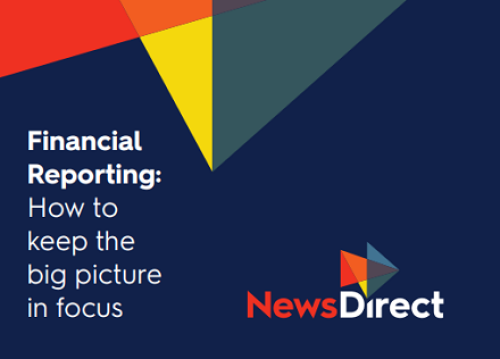Early adopters, taskforce members and supporters explain the advantages of adopting the framework, the challenges of implementing it and the intricacies of data collection
The Taskforce on Nature-related Financial Disclosures (TNFD) unveiled its long-awaited final framework in September this year. This latest reporting guidance includes 14 recommended disclosures, offering yet another tool for businesses of all sizes to evaluate their environmental impact. Simply put, the TNFD framework underscores a crucial point: nature risk is fundamentally financial risk.
Since its launch, the framework has garnered a largely positive response. The final version of the framework
You need to register to access 3 free deep dive articles per month. To continue reading please register or login below..
- Unlimited deep dives
- Data-driven research around key topics
- Buy-side insights
- Benchmarking reports
From
$1495



